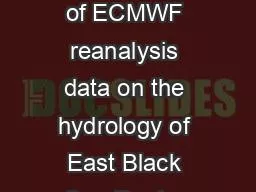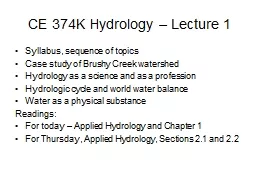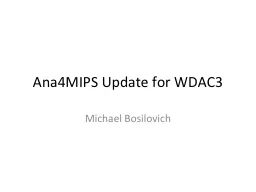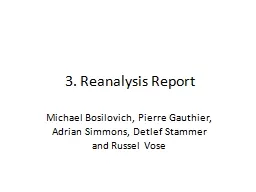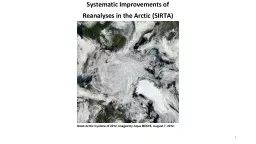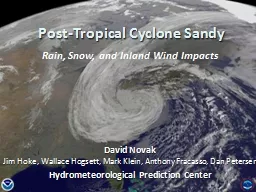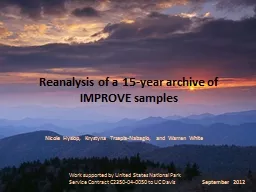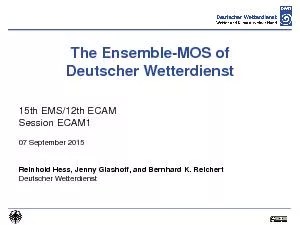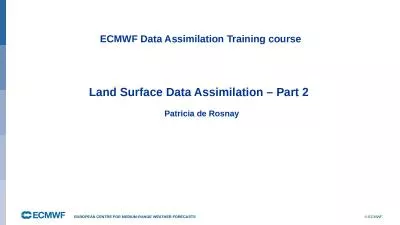PPT-Assessing the performance of ECMWF reanalysis data on the hydrology of East Black Sea
Author : webraph | Published Date : 2020-10-22
Presented by Sead Ahmed November 2017 Sead Ahmed Ercan Kahya Faculty of Civil Engineering Hydraulic and Water Resource Engineering division m Istanbul Technical
Presentation Embed Code
Download Presentation
Download Presentation The PPT/PDF document "Assessing the performance of ECMWF reana..." is the property of its rightful owner. Permission is granted to download and print the materials on this website for personal, non-commercial use only, and to display it on your personal computer provided you do not modify the materials and that you retain all copyright notices contained in the materials. By downloading content from our website, you accept the terms of this agreement.
Assessing the performance of ECMWF reanalysis data on the hydrology of East Black Sea: Transcript
Download Rules Of Document
"Assessing the performance of ECMWF reanalysis data on the hydrology of East Black Sea"The content belongs to its owner. You may download and print it for personal use, without modification, and keep all copyright notices. By downloading, you agree to these terms.
Related Documents

